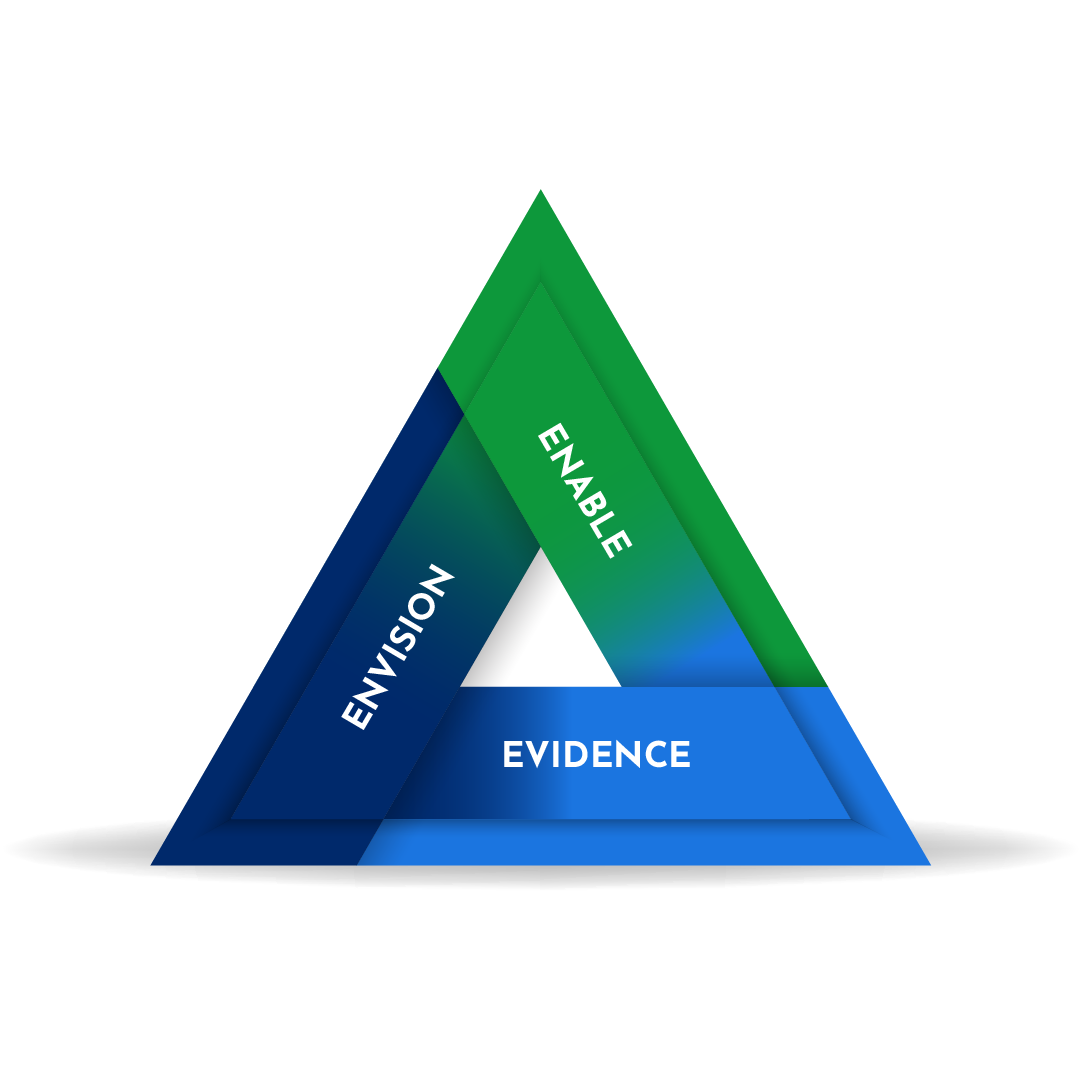Our Process

Photo by Ananya Revanna
What We Do
Most research and innovation is framed to address the problems of today. But often, by the time the research is done, circumstances change and the proposed solutions are no longer relevant.
We devise solutions that will be relevant even 10–20 years later and take into account changes in climate and land use along with people’s aspirations for themselves and the communities and landscapes they inhabit.
Most research in universities focuses on understanding the problem better, not solving it. In contrast, solution innovation usually occurs in start-ups or grassroots organisations, but is rarely informed by research.
We enable a bi-directional exchange between research and innovation through evidence generation and better framing of research questions.
We want to have an impact beyond one or two pilots, which is why we do not work alone.
We partner with key actors in the ecosystem to co-create and implement solutions based on the best available scientific evidence.
1. Future-Ready Solutions
Most research and innovation is framed to address the problems of today. But often, by the time the research is done, circumstances change and the proposed solutions are no longer relevant.
We devise solutions that will be relevant even 10–20 years later and take into account changes in climate and land use along with people’s aspirations for themselves and the communities and landscapes they inhabit.
2. Research and Innovation
Most research in universities focuses on understanding the problem better, not solving it. In contrast, solution innovation usually occurs in start-ups or grassroots organisations, but is rarely informed by research.
We enable a bi-directional exchange between research and innovation through evidence generation and better framing of research questions.
3. Collaboration
We want to have an impact beyond one or two pilots, which is why we do not work alone.
We partner with key actors in the ecosystem to co-create and implement solutions based on the best available scientific evidence.
Our Approach
Envision
- Create data-driven models of possible futures, identifying key levers for change
- Conduct aspiration studies and visioning with communities
- Chart roadmaps on how to achieve desirable futures
Enable
- Curate scalable solutions that accelerate change towards a better future
- Co-create, prototype and test new solutions with innovators
- Work with policymakers to create enabling policies
Evidence
- Establish shared measurement practices and metrics
- Fill critical research gaps through partnerships
- Feed the evidence back to practitioners

Our Ethos
We are value-driven
We champion certain values and points of view, but we constantly hypothesise and generate evidence to refine our positions.
We also have a vision and roadmap. While we work with the government, communities and other stakeholders to define this vision, we deliver on it.
We are accountable
We are mission- and metric-driven. Non-profit organisations are often mission-driven, but struggle with progress-tracking in the absence of clear metrics like profits that drive the private sector.
Our roadmap operationalises our institutional goals in line with our theory of change. The roadmap, informed by simulation modelling and visioning/aspiration studies, allows us to identify the levers we want to move. These are our three- and six-year objectives, which we map to a set of key results that we must achieve as an institution.
We are transdisciplinary
There are few transdisciplinary organisations that span the range from research to impact. Researchers are thorough and deliberate, but their timelines can be long. Innovators prototype rapidly, but often work alone. Since practitioner cultures are rooted in community and collaboration, sometimes at the expense of scientific rigour, they can be traditional and slow to change.
As a transdisciplinary organisation, we foster collaboration and alignment while ensuring these different cultures co-exist.
